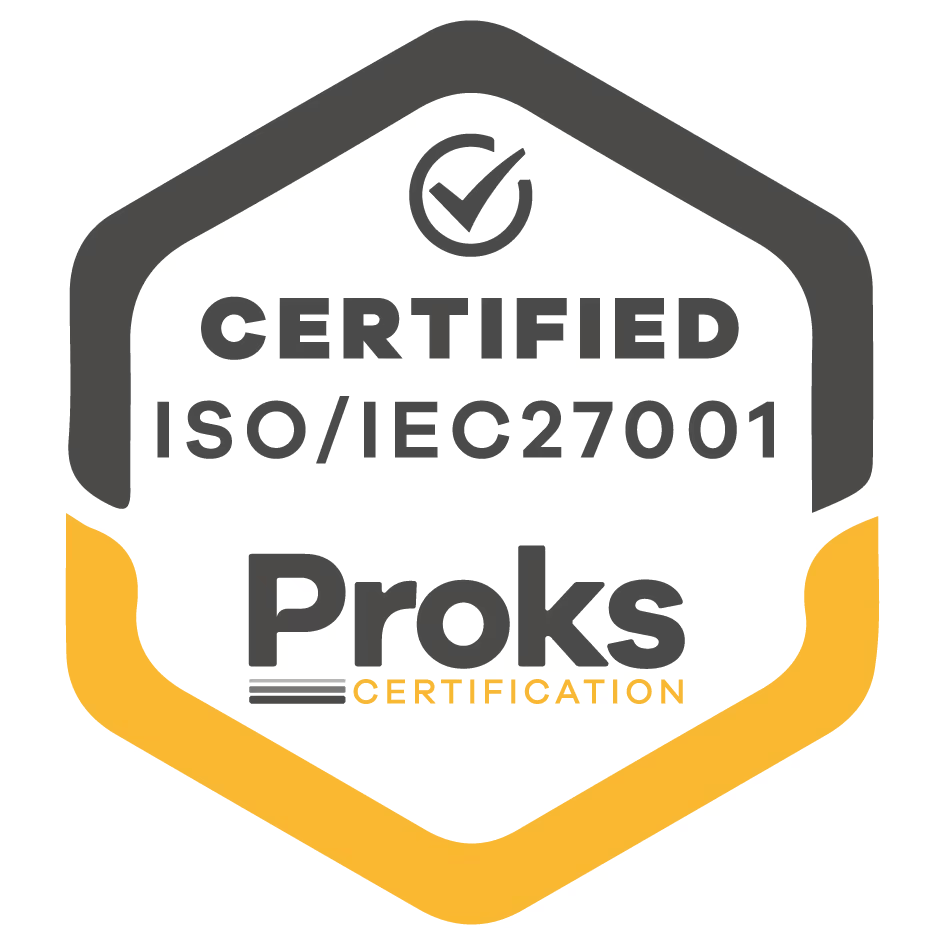

All you need to know about ML and LLM for Sales Order Automation
Sales order entry and processing are the lifeblood of any business, forming the critical link between customers and the fulfillment of their needs. Efficient and accurate handling of these orders is essential for maintaining customer satisfaction and ensuring smooth operations. However, managing sales orders can be a complex and time-consuming task, often prone to human error and inefficiencies.
To remain competitive, the importance of automation in sales order entry cannot be overstated. Automation not only streamlines processes but also reduces the risk of errors, saves time, and allows sales teams to focus on more strategic activities. Machine Learning (ML) and Large Language Models (LLMs) stand out as powerful tools that can boost productivity of sales order processing.
This blog post aims to provide an understanding of the differences between ML and LLM solutions in sales order entry. By delving into their core concepts, applications, and benefits, we will explore how these technologies can enhance the efficiency and accuracy of your team. Whether you are a sales professional looking to optimize your workflow or a business leader seeking to implement cutting-edge technology, this guide will equip you with the knowledge you need to make informed decisions.
Let’s begin by understanding the basics of Machine Learning and Large Language Models, and how each of these technologies can be leveraged to revolutionize sales order entry.
Understanding Machine Learning (ML)
Definition and Core Concepts
Machine Learning, simply put, is a branch of artificial intelligence (AI) where computers learn from data and get better at tasks over time, without needing to be explicitly programmed for each task. Think of it as teaching a computer to recognize patterns and make predictions based on those patterns. Usually, the more high-quality data is used, the better the ML algorithm can become.
ML algorithms analyze historical data to make predictions, identify trends, and automate decision-making processes. ML algorithms can be specifically trained for a variety of tasks, from recognizing images to predicting sales. In the world of sales order intakes, ML can automate routine tasks and minimize human errors, making the process smoother and more efficient.
Potential Applications in Sales Order Processing
When it comes to sales order processing, ML can be applied in a variety of settings:
- Order Validation:
- ML algorithms can validate orders against historical data and business rules, flagging any anomalies or statistical outliers.
- Inventory Management:
- ML can predict inventory needs based on sales trends and historical data. This ensures you’re always stocked with what you need, avoiding both overstocking and stockouts.
- Customer Insights:
- By analyzing past orders and customer behavior, ML can generate insights that help sales teams tailor their strategies.
- Fraud Detection:
- ML models can detect unusual patterns that may indicate fraudulent activity. This helps protect your business from potential losses and keeps your customers’ data safe.
Understanding Large Language Models (LLMs)
Definition and Core Concepts
Large Language Models are advanced AI systems that have been trained on vast amounts of text data. These models, like OpenAI’s GPT-4, can understand, generate, and interact with human language in an incredibly sophisticated manner. They’re not just capable of making predictions, they’re comprehending context, nuances, and even the subtlety of language.
Think of LLMs as having a conversation with the most knowledgeable person you know – one who never forgets anything and can instantly draw from a massive repository of information to provide detailed, contextually accurate responses.
Potential Applications in Sales Order Processing
LLMs bring a new level of intelligence and interactivity to sales order processing. Here’s how we at turian see them making a significant impact:
- Natural Language Processing (NLP) for Order Intake:
- LLMs can understand and process orders given in natural language, whether through emails, different file formats (PDF, Excel, CSV…) chatbots, or voice commands. This means customers can place orders in their own words, and the LLM accurately interprets and processes them.
- Order Data Extraction:
- LLMs excel at extracting relevant information from unstructured data sources. Whether an order comes via a lengthy email or a complex PDF, LLMs can pull out the necessary details with impressive accuracy.
- Customer Interaction and Support:
- LLMs can handle customer inquiries, provide product information, quotations and assist with order-related issues in real-time. They can engage in meaningful conversations, providing personalized responses and ensuring customers feel heard and valued.
- Automated Communication:
- Drafting emails, follow-up messages, or order confirmations becomes a breeze with LLMs. They can generate professional and personalized communications at scale, ensuring consistency and efficiency.
Comparing ML and LLM Solutions
When it comes to automating sales order intakes, both Machine Learning (ML) and Large Language Models (LLMs) offer powerful capabilities, but they do so in different ways. Let’s break down the key differences and see how each shines in the domain of sales order processing.
Key Differences in Technology
- Core Functionality:
- ML: Traditional ML models are designed to recognize patterns and make predictions based on structured data. They excel at specific tasks, such as classification, regression, and clustering, where they can be trained on historical data to identify trends and automate processes.
- LLMs: LLMs, on the other hand, are designed to understand and generate human language. They are built on vast datasets of text and can comprehend context, generate coherent responses, and interact in natural language. Their strength lies in handling unstructured data and conversational tasks.
- Training Data:
- ML: Requires structured datasets with labeled examples for training. Building a high-quality, structured training data set is a great effort. For instance, an ML model for sales order processing might be trained on thousands of past orders, each annotated with details like product IDs, quantities, and customer information.
- LLMs: Trained on vast and diverse text data, encompassing everything from books and articles to websites and social media posts. This extensive training allows LLMs to understand context and nuances in human language.
Performance and Accuracy
- Data Extraction:
- ML: An ML model might be trained to extract specific fields from structured documents, such as order forms or invoices. It can accurately pull out product IDs, quantities, and prices from a standardized template.
- LLMs: LLMs excel at extracting information from unstructured data. For example, if a customer sends an email with a complex order, an LLM can parse the email, understand the context, and extract relevant details, even if the email doesn’t follow a strict format.
- Error Handling:
- ML: Traditional ML models may struggle with variations or errors in data input. If an order form has a slight deviation from the norm, the model might fail to process it correctly.
- LLMs: With their deep understanding of language, LLMs can handle variations and even correct minor errors. If a customer misspells a product name or uses unconventional terms, an LLM can still comprehend and process the order accurately thanks to its contextual understanding.
Adaptability and Flexibility
- Task Specificity:
- ML: Highly effective for specific, well-defined tasks. An ML model trained to validate order details against inventory records will do this task very well but won’t adapt easily to new types of tasks without retraining.
- LLMs: Extremely versatile and capable of performing a wide range of tasks. An LLM can not only validate orders but also generate responses to customer queries, provide recommendations, and even assist in drafting emails.
- Learning Curve:
- ML: Typically requires a more extensive setup and training phase. Data scientists need to prepare and label datasets, train the model, and fine-tune its performance over time.
- LLMs: Out-of-the-box, LLMs can perform a variety of tasks with minimal setup. They require fine-tuning for specific applications but are generally quicker to deploy for diverse tasks.
User Experience and Integration
- User Interaction:
- ML: Integrates behind the scenes, automating specific tasks without direct interaction with end-users. For example, an ML model might automate the validation of orders in the background, improving efficiency without changing the user’s workflow.
- LLMs: Interact directly with users, providing conversational interfaces that enhance the user experience. For instance, an LLM-powered chatbot placed in your inbox can assist your team in placing orders in your ERP / CRM, answering questions, and resolving issues in real-time.
- Integration Complexity:
- ML: Often requires custom integration with existing systems and databases. Setting up an ML solution might involve significant development work to ensure it fits seamlessly into the existing workflow.
- LLMs: Typically easier to integrate, especially with modern APIs and platforms that support conversational AI. Implementing an LLM-based solution can often be done with minimal disruption to existing systems.
Three Concrete Examples in Sales Order Processing
- Example 1: Automating Data Entry:
- ML: An ML model can be trained to extract order details from standardized PDF invoices. It works well with consistent formats but may falter with new templates or slight variations.
- LLMs: An LLM can read an email from a customer, extract order details, understand instructions like "Please deliver by next Friday," and process the order, regardless of the format.
- Example 2: Customer Interaction:
- ML: ML models can automate responses to frequently asked questions by matching keywords to predefined answers. Effective but limited to specific queries.
- LLMs: LLMs can engage in meaningful conversations, understand complex queries, and provide nuanced responses. For example, a customer asking, "Can you help me find a product similar to what I ordered last time?" would receive a detailed and helpful reply.
- Example 3: Order Validation and Fraud Detection:
- ML: An ML model can flag orders that deviate from typical patterns, such as unusually large quantities or mismatched shipping addresses. It relies on historical data and predefined rules.
- LLMs: An LLM can analyze the language used in orders for signs of fraud, such as inconsistencies in tone or unusual requests. It combines pattern recognition with contextual understanding for more comprehensive fraud detection.
{{cta="/cta/automate-your-sales-order-workflow-with-ai-agents"}}
Deciding Between ML and LLM Solutions
Ultimately, choosing between ML and LLM solutions depends on your specific business needs, goals, and resources. Here’s a quick summary to help you decide:
Choose ML if:
- Your tasks and workflows are well-defined and involve structured data.
- You need high accuracy in repetitive tasks like data entry and order validation.
- You’re prepared to invest in data preparation and model maintenance.
Choose LLMs if:
- You need flexibility to handle unstructured data and diverse tasks and workflows.
- Customer interaction and natural language processing are crucial for your operations.
- You prefer a solution that requires less maintenance and adapts dynamically.
How turian Can Help Your Sales Order Processing Team
At turian, we specialize in leveraging AI to streamline sales order processes. Our AI-driven solutions with a LLM-backbone can turn your sales order inbox into a productivity powerhouse, enabling your team to achieve unprecedented efficiency and accuracy.
With our adaptive technology, you will have a human-level AI Assistant sitting right in your inbox to take care of labor-intense tasks. You can customize your AI Assistant to fit your company-specific workflows, for instance by adding custom validations such as checking stock availability, earliest delivery dates, or applying customer-specific discounts.
You don’t feel comfortable entrusting your AI Assistant to automate critical processes? No worries, our human-in-the-loop approach ensures full control of critical decisions.
See our technology in action and learn how it can transform your sales operations - book a free demo with us!
{{cta="/cta/85-faster-order-processing-with-ai-agents"}}






